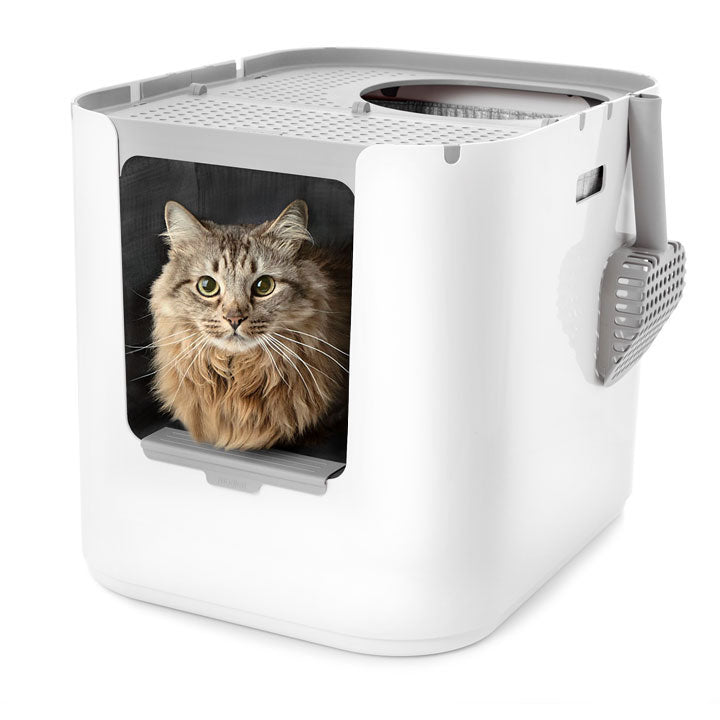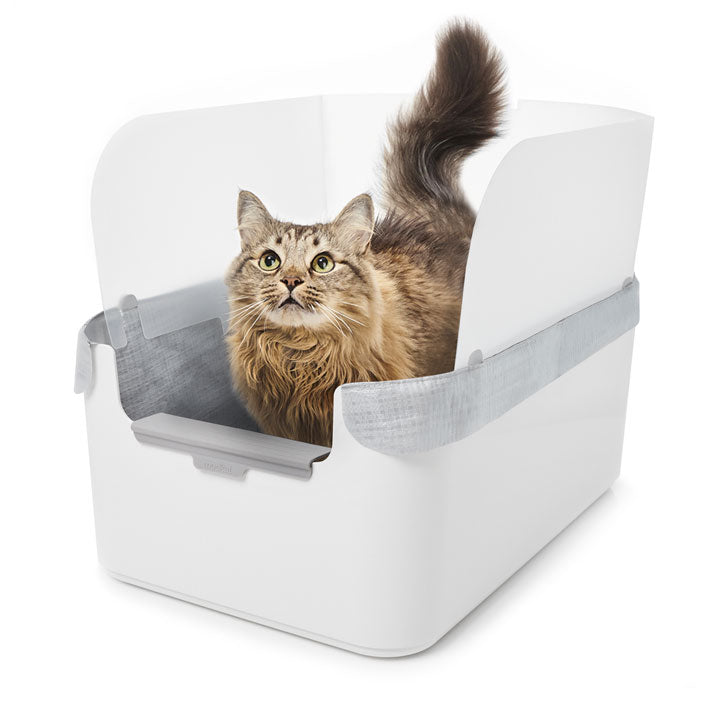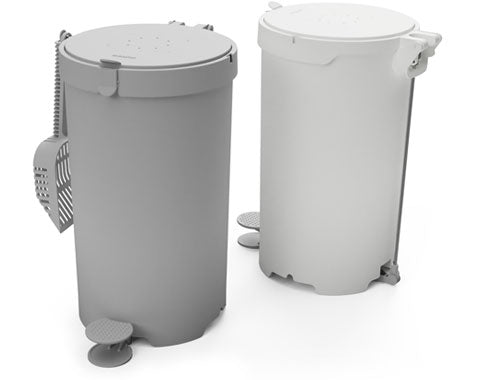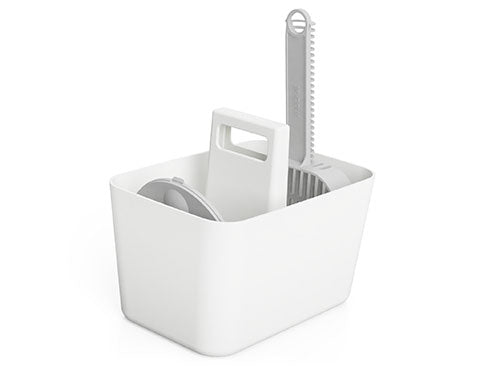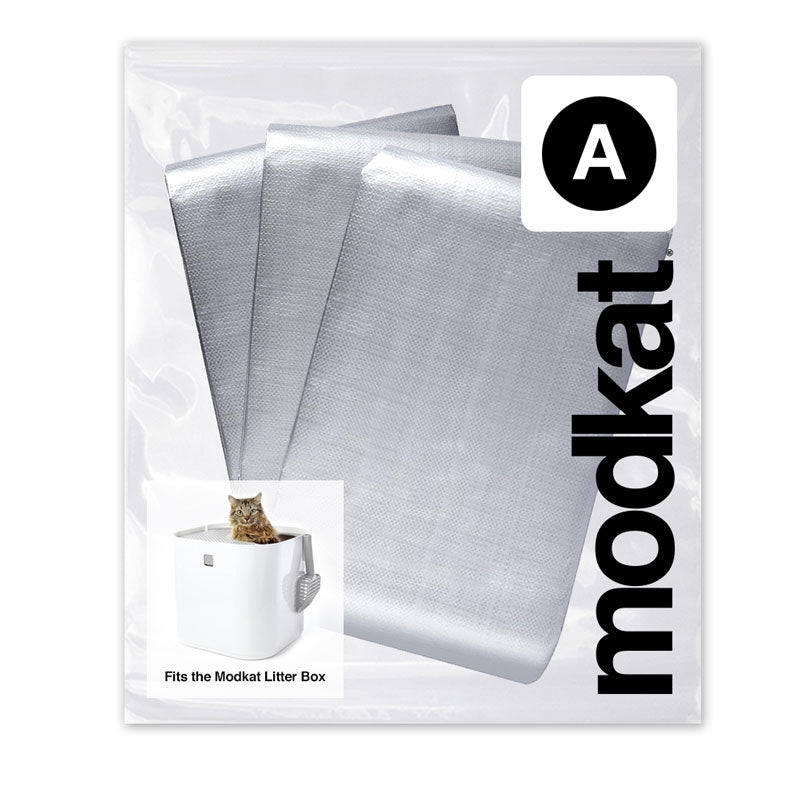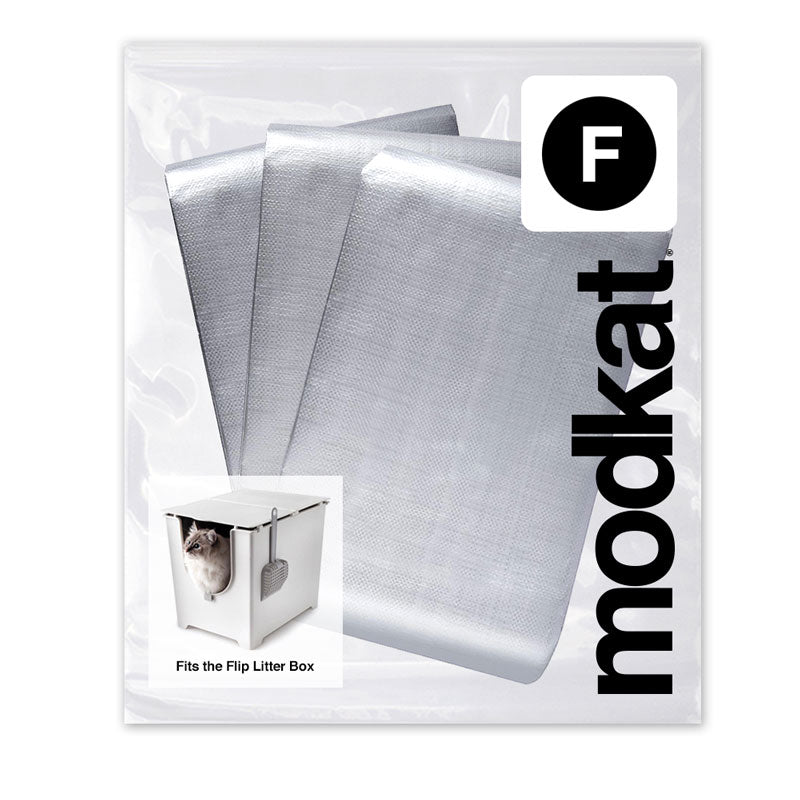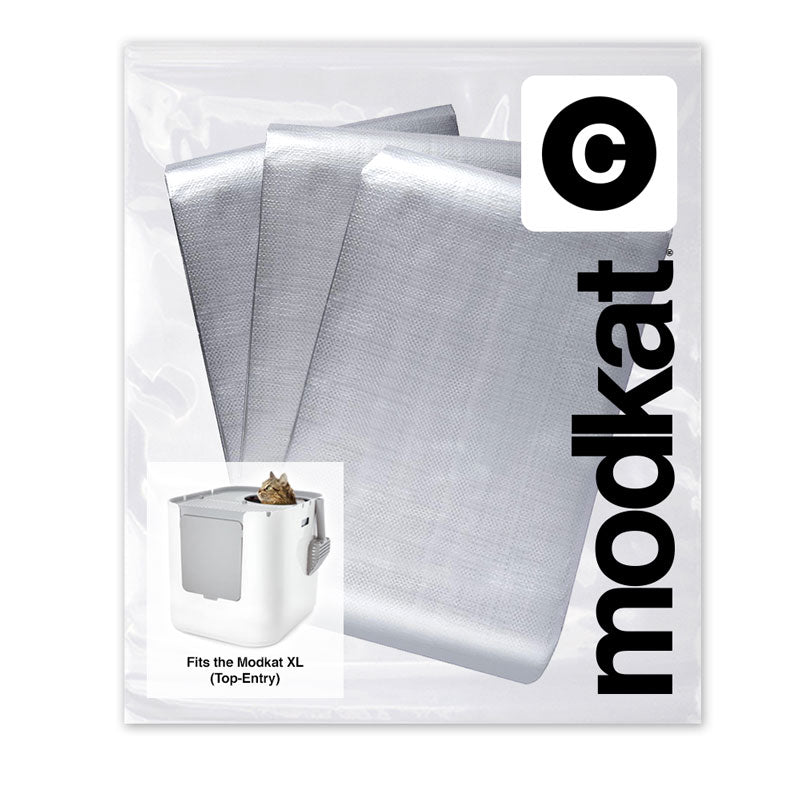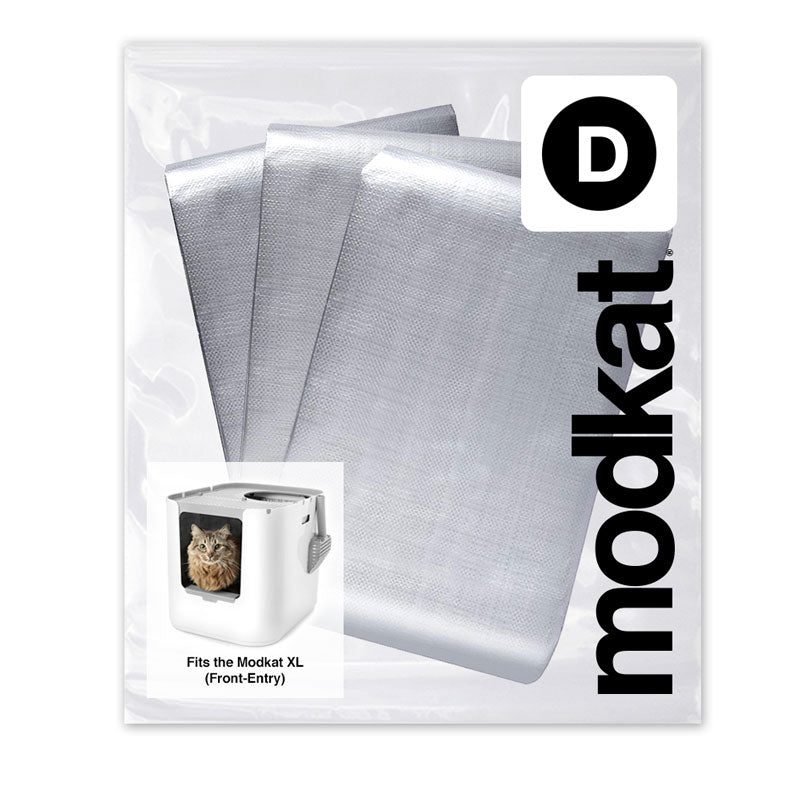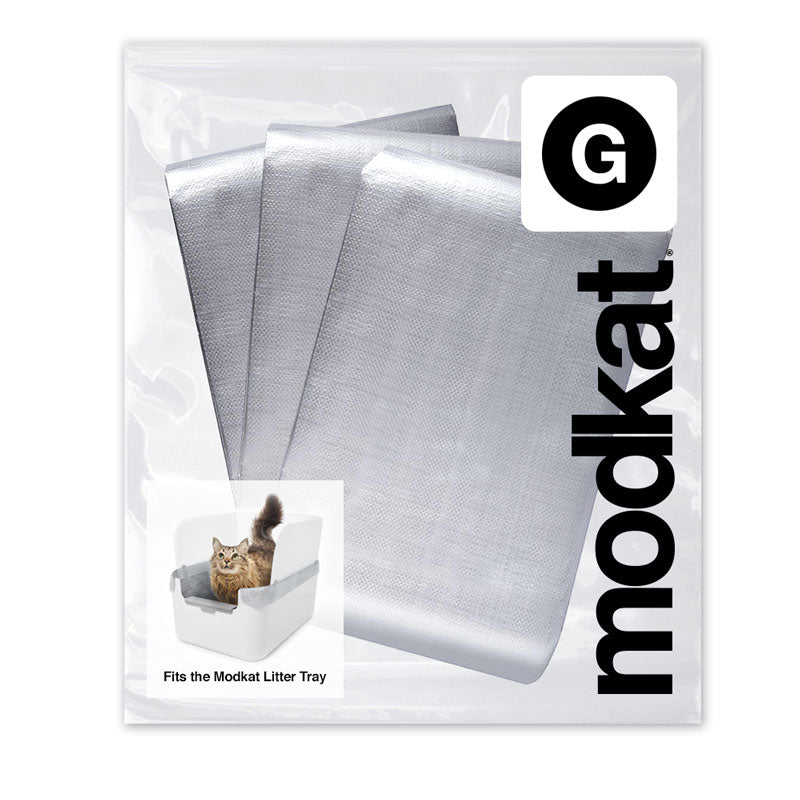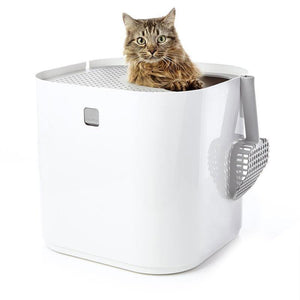Litter Boxes
Accessories
Liners
Can a female cat’s litter have different fathers?

Have you ever seen a litter of kittens and wondered how they could look so different from each other and from their mother for that matter? Some are black as coal; others are calico. One is short-haired; the other is long-haired.
How is it possible that each cat can look unique and yet be from the same litter?
Believe it or not, this brood of siblings could share the same mother cat but have different fathers! It’s called superfecundation.
Learn more about how a litter of kittens can have different fathers.
Can kittens have different fathers?
Look inside a basket of mewling, squirming newborn kitties. What do you see? Precious toes. Tufts of fur. Squinty eyes. Tons of precious cuteness.
Of course! But look closer and you'll also see tuxedos and tigers, calicos and chocolate-brown kitties — all from the same mama. What's going on here? Could these kittens have different fathers?
Well, the same kitten cannot have two different fathers, but kittens from the same litter certainly can. The scientific name for this phenomenon, superfecundation, means "the extra ability to produce offspring." This happens when a female cat mates with multiple male cats during her heat cycle, and her eggs are fertilized by the sperm of more than one of her mates.
Superfecundation is more common in outdoor cats because they have a higher chance of mating with multiple males during their heat cycle. However, it is still possible for indoor cats to have a litter with different fathers, especially if they escape outside or are artificially inseminated with sperm from different male cats.
This phenomenon is not unique to cats. Females of many species can get pregnant by multiple males. It is, however, a fairly common occurrence among cats (although not as common as it is among dogs). That's probably because queen cats are known for their promiscuous behavior during mating season, and like most mammals, they produce multiple ova while ovulating.
How to tell if cats from the same litter have different dads.
If you've got a wide variety of cat breeds all going on in the same litter, then you probably have a case of superfecundation. Different colors or fur lengths are not an indication of divided paternity. Many kittens can have diverse physical features, but that’s not a guarantee that they have different fathers. The only way to determine paternity with certainty is through a DNA test. A veterinarian can run this test, or you can order a DNA kit online.
Feline genetics can be complex, and it’s not easy to determine which traits are dominant or recessive. The DNA test works by analyzing the genetic makeup of the kittens. It compares each kitten’s DNA to determine if they have the same father or not. If the DNA results show that the kittens have different fathers, it means the litter is a case of heteropaternal superfecundation.
What's the chance your cat litter has multiple fathers?
Superfecundation is super common among stray cats but relatively rare among housecats. An indoor female cat would need access to at least two uncut toms while in heat in order to have kittens by more than one male. That's just one reason why, if you have multiple cats of different sexes, it's important to have them spayed or neutered.
FAQs on cat pregnancy
How long is a cat pregnant?
On average, cats are pregnant for approximately 63-65 days. During this time, their bodies go through various changes to prepare for the arrival of their kittens. These fluctuations are not usually obvious to observers, however.
The first — and sometimes only — sign a cat is pregnant is when her nipples turn pink. With so little to go on, it's safe to say that you're more likely to notice her behavior changes than ger physical ones. Notably, a female cat will begin creating a nest for her young about two weeks before giving birth. If you see her taking soft, warm materials to a dark, out-of-the-way spot, you might be witnessing a soon-to-be mother in action.
Do I need to do anything if my cat is in heat?
When a cat is said to be "in heat," she is in the fertile part of her reproductive cycle. In females older than six months, this phase occurs about once every 2-3 weeks. Since cats do not go through menopause, a female can bear young until she is very old. Most responsible cat breeders spay their queens at around five years of age for their health, though.
To tell if your cat is in heat, you can look for physical signs such as increased vocalization, extra displays of affection, or excessive grooming. You may also notice a discharge from her genital area, which is a clear indication that she is in heat.
If you have a cat in heat, it's important to keep her indoors to prevent her from mating with unknown toms and potentially having a litter with multiple fathers. This can easily be done by providing plenty of toys and activities to keep your cat entertained, as well as keeping them in a separate room away from any potential male suitors.
Why should you spay/neuter your cat?
By spaying or neutering your cat, you can prevent accidental breeding and reduce the number of unhoused cats that end up in shelters or on the streets. In addition, desexing your cat has many health benefits for your feline friend, including reducing the risk of certain cancers and behavioral issues.
Do cats experience morning sickness?
It's not uncommon for pregnant cats to experience morning sickness, just like humans. However, it's important to note that not all cats will have the same symptoms. Some may vomit frequently, while others may simply lose their appetite or become lethargic. And it doesn't always happen in the morning!
If you suspect that your cat is pregnant and experiencing morning sickness, it's important to take her to the vet to ensure that everything is going smoothly. Your vet can also provide you with tips for keeping your cat healthy during her pregnancy.
How many cats are in a typical litter?
The number of kittens in a litter can vary depending on several factors, including the breed of the cat and the health of the mother. On average, cats usually have between 4 and 6 kittens in a litter, but it’s not uncommon for a cat to have anywhere from 1 to 12 kittens in one litter.
Conclusion
A single queen cat can have a litter with multiple fathers. Having cats of several breeds in the same litter is one clear sign of superfecundation. DNA testing can also confirm if the kittens in a litter come from different fathers. The important thing, though, is to spay or neuter your pets to prevent potentially increasing the numbers of unhoused cats.
We want cats to be loved, happy, and healthy — no matter how many fathers their litter had. So shop the full collection of Modkat Litter Boxes and accessories today.
“It looks nicer than any other hooded or open option we considered.”

Purrr News.
Join our email list and get exclusive access to new products, the best cat litter box health articles, and 10% off your first order!
Similar products related to this blog:
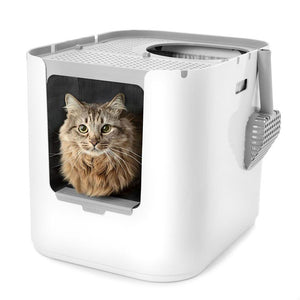
"It looks nicer than any other hooded or open option we considered."

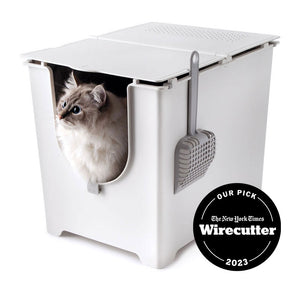
"This litter box keeps everything in, nothing gets out the sides."
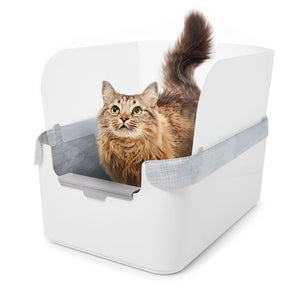
"My beautiful ragdoll cat and I both love the new Modkat Litter tray!"

